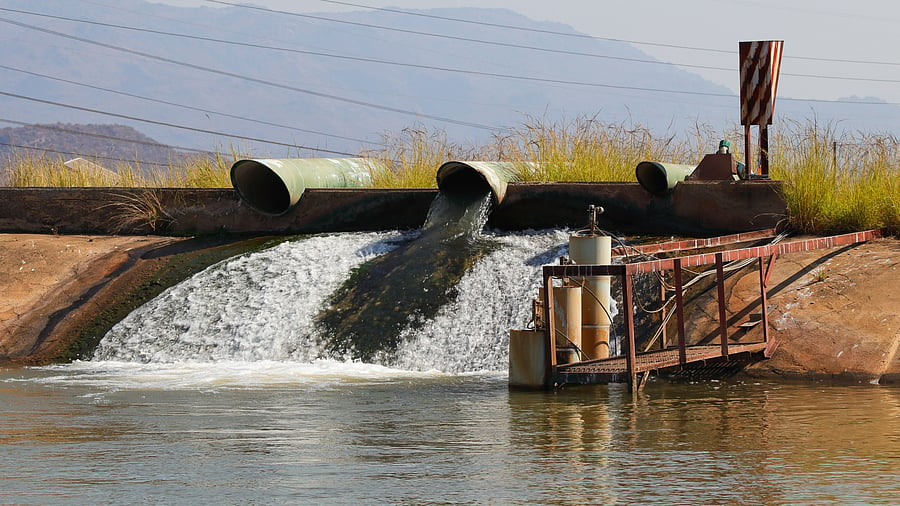
Under this process, the water is allowed to flow out at a high rate via low-level outlets in the dam, and it requires the reservoir to be emptied.
(Representative image)
Credit: iStock Photo
India has said the Indus Water Treaty (IWT) of 1960 with Pakistan will be held in abeyance with immediate effect, until Islamabad credibly and irrevocably abjures its support for cross-border terrorism.
The move on Wednesday came after the killing of 26 persons, including tourists, in Jammu and Kashmir's Pahalgam in a terrorist attack on Tuesday.
Pradeep Kumar Saxena, who served as India's Indus Water Commissioner for over six years and has been associated with work related to the IWT, said India, as an upper riparian country, has multiple options.
Listing out the steps India could take, Saxena said in the absence of the treaty, India is under no obligation to follow the restrictions on the "reservoir flushing" of the Kishanganga reservoir and other projects on western rivers in Jammu and Kashmir. The Indus Water Treaty currently prohibits it.
What is reservoir flushing?
Reservoir flushing is the process of removing the accumulated sediments in a reservoir by releasing the water in a high flow leading to the sediment to be carried downstream along with it. The purpose of this technique is to maintain the storage capacity of the dam that gets hindered overtime by the accumulation of sediments. This also helps improve the water quality, and prevent floods.
How is reservoir flushing performed?
Under this process, the water is allowed to flow out at a high rate via low-level outlets in the dam, and it requires the reservoir to be emptied.
Another way flushing is practiced is by drawing down the water level in the reservoir for weeks, or even months, during the flood season so as to enable high velocity outflow, in order to effectively score and remove the sediments from the reservoir bed.
How can it impact the Indus water flow into Pakistan
Flushing can help India desilt its reservoir but then filling the entire reservoir could take days. Under the treaty, reservoir filling after the flushing has to be done in August -- peak monsoon period -- but with the pact in abeyance, it could be done anytime.
Doing it when sowing season begins in Pakistan could be detrimental, especially when a large part of Punjab in Pakistan depends on the Indus and its tributaries for irrigation.
There are also operational restrictions on how reservoirs are to be filled and operated. With the treaty in abeyance, these are no longer applicable.
India and Pakistan are at loggerheads with the former blaming the latter for the terrorist attack in Pahalgam. The already strained relations between the neighbouring countries nosedived further after the Pahalgam terror attack, with New Delhi announcing a raft of retaliatory steps, including the cancellation of visas, and Islamabad hitting back with a string of tit-for-tat measures.
(With PTI inputs)
